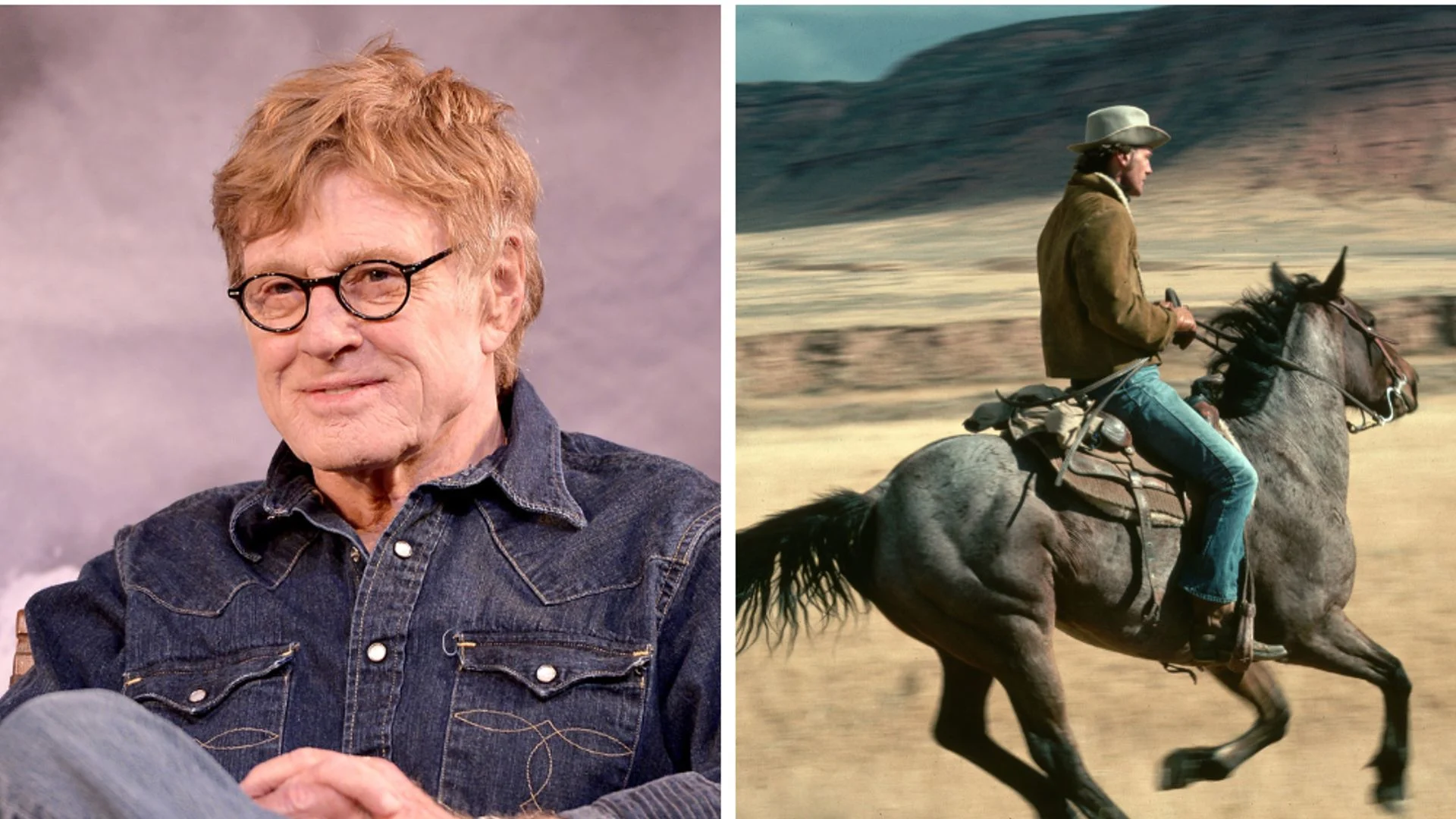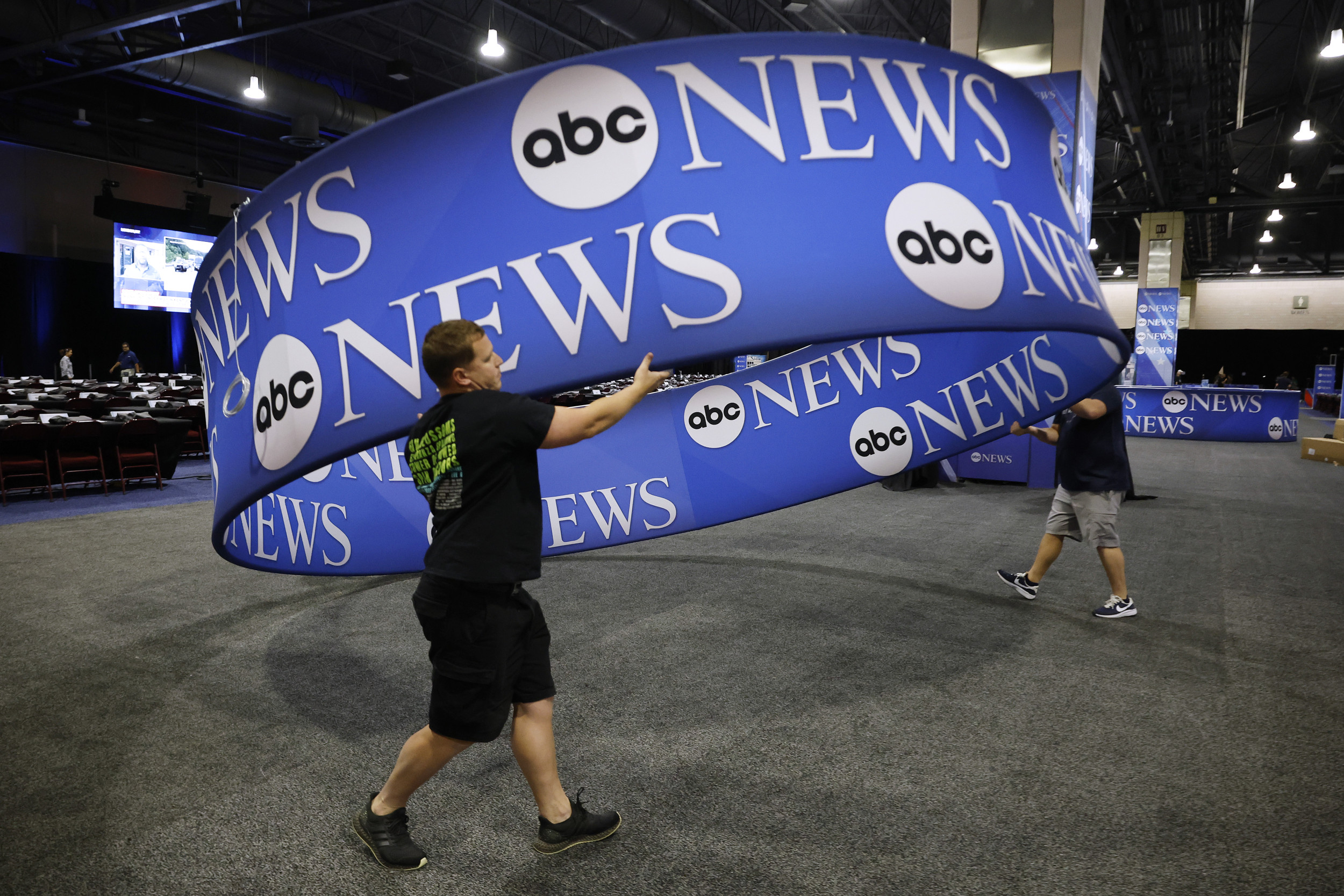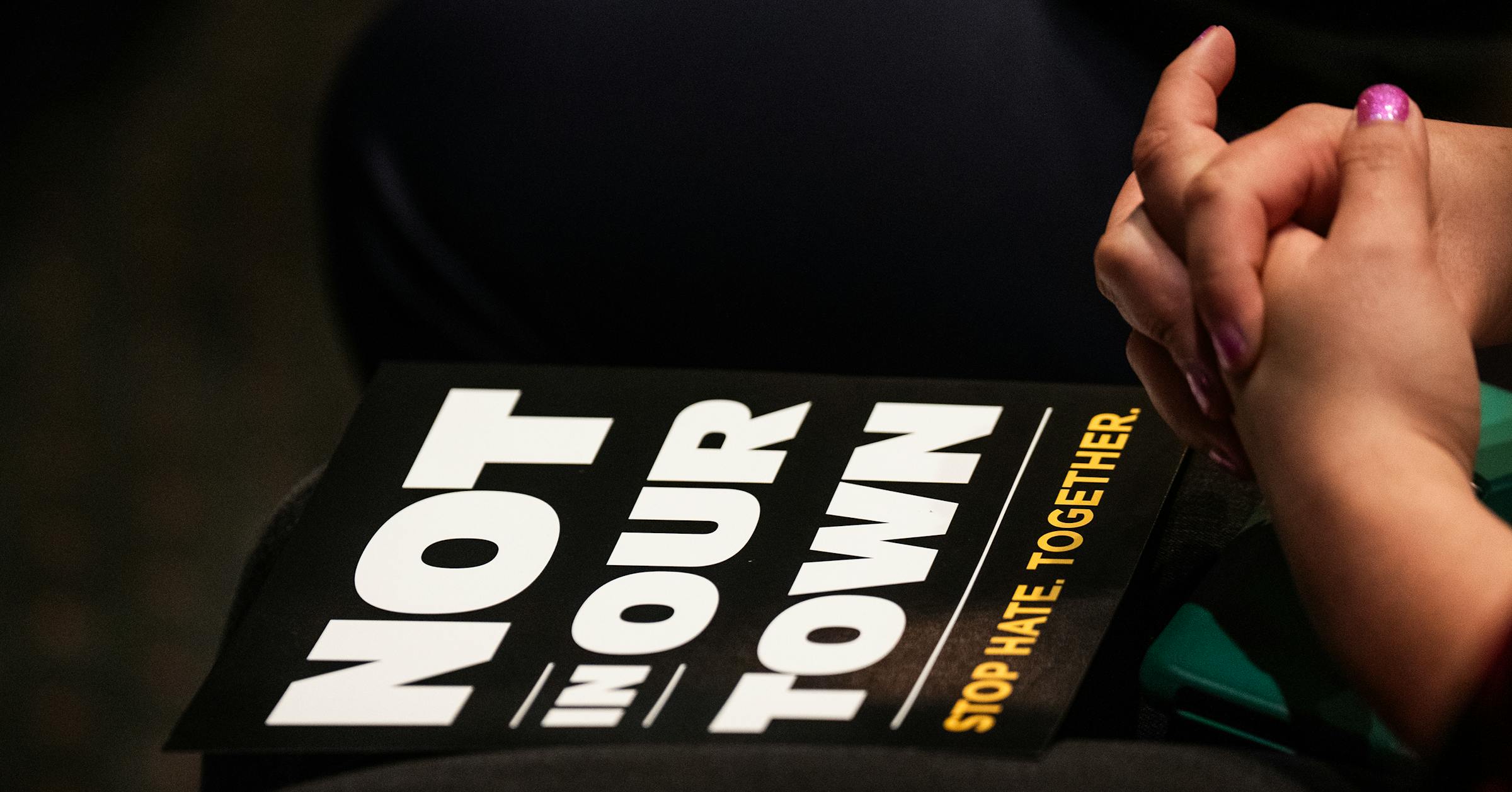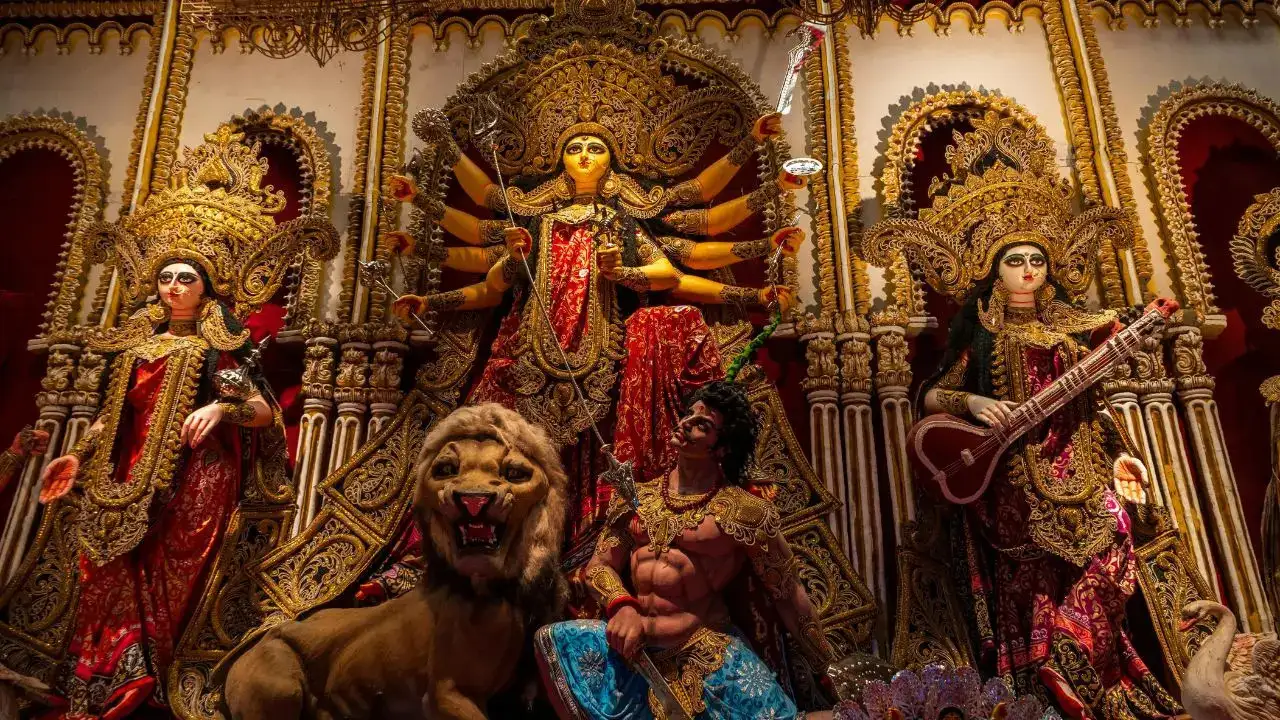By Faye James
Copyright hellomagazine

Robert Redford’s death on September 16 has led many to rediscover his storied legacy in the world of film. And yet, the Oscar-winning actor and director didn’t just leave his mark on Hollywood; he also had an undeniable impact on the state of Utah, where he lived for 60 years until his death aged 89. Robert was born in Santa Monica, California, and grew up in Van Nuys, but found the community and culture there “conformist and dull”, according to The New York Times.
“I grew up in Los Angeles, near Hollywood, so there was no magic for me about Hollywood,” he later said to the Salt Lake Tribune. Robert opted to move to Utah in 1961, three years after tying the knot with his first wife, Lola Van Wagenen, sharing that the state was “not trying to pretend to be something it’s not,” in an interview with Rocky Mountain Magazine in 1978.
He declared that Los Angeles was “phony and superficial”, and that his new home “doesn’t invite you in and then kick you in the shins”, unlike Tinseltown. Robert and Lola purchased two acres in Provo Canyon and made a home there with their daughter, Shauna, before welcoming their younger children, James and Amy. Tragically, the pair had lost their eldest boy, Scott, from SIDS when he was just two-and-a-half months old in 1959.
In 1969, the All the President’s Men star bought a ski resort in the area, and went on to name it Sundance Mountain Resort as a tribute to his character in Butch Cassidy and the Sundance Kid. Robert then changed the film industry forever when he founded the Sundance Film Festival in 1978.
The festival is the largest of its kind in the US, and helped to kickstart the careers of Hollywood’s best and brightest, like Steven Soderbergh, Paul Thomas Anderson, Quentin Tarantino, Chloé Zhao and Ryan Coogler. “[Sundance] means a lot to me. I’ve devoted so much of my life to it,” Robert candidly shared with People in 2005.
Aside from his filmmaking pursuits, the father of four was also a staunch advocate for environmental conservation and protection. He helped to fight the construction of a coal-fired power plant in Utah in the ’70s, and shortly afterwards he became a trustee of the Natural Resources Defense Council (NRDC). “I think where he was most at home was in Utah, was the American West,” said NRDC President Manish Bapna to People.
“And where he was most at ease was talking about the rising toll of climate change, or the destructive qualities of extractive projects, or the lack of water, but in the context of the farmer or the rancher. And how they might be facing a drought or blistering heat. He just had a particular connection with place and people.”
Robert’s publicist, Cindi Berger, shared the news of his death on September 16, adding that he had “passed away at his home at Sundance in the mountains of Utah – the place he loved, surrounded by those he loved.” He is survived by his two daughters and seven grandchildren; sadly, his son James died in 2020 after battling bile-duct cancer.



